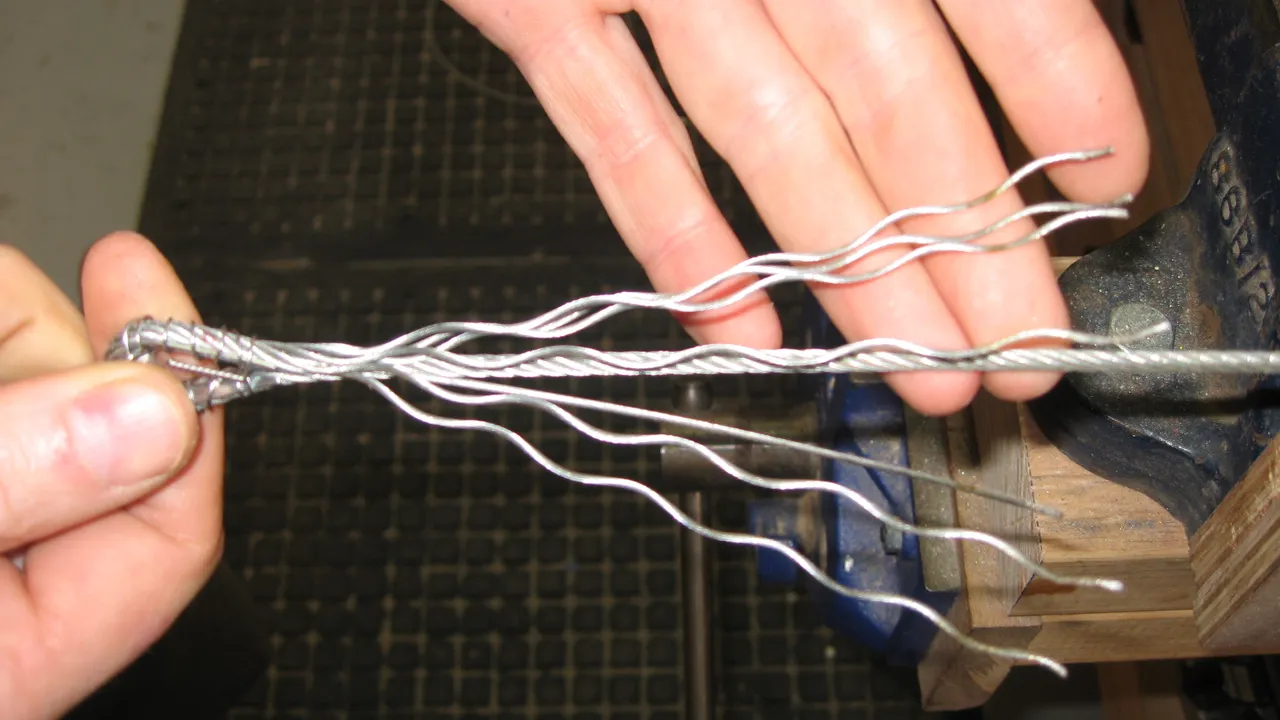
Cable splicing is a crucial service for maintaining and repairing network infrastructure. In the UAE, cable splicing services are essential for various industries, from telecom to power distribution. This comprehensive guide covers everything from fiber optic cable splicing to copper cable splicing, highlighting the expertise of cable splicing companies. Learn about cable jointing solutions, cable termination techniques, and wire joining methods that ensure reliable connections. Whether it's fiber optic splicing or electrical cable splicing, understanding these services will help businesses choose the best cable splicing service provider for their needs.
Definition and Importance of Cable Splicing in Industries
Cable splicing is the process of joining two or more cables together to create a continuous run or to repair a damaged cable. This technique is vital for maintaining and expanding network infrastructure in various industries across UAE. Key points include:
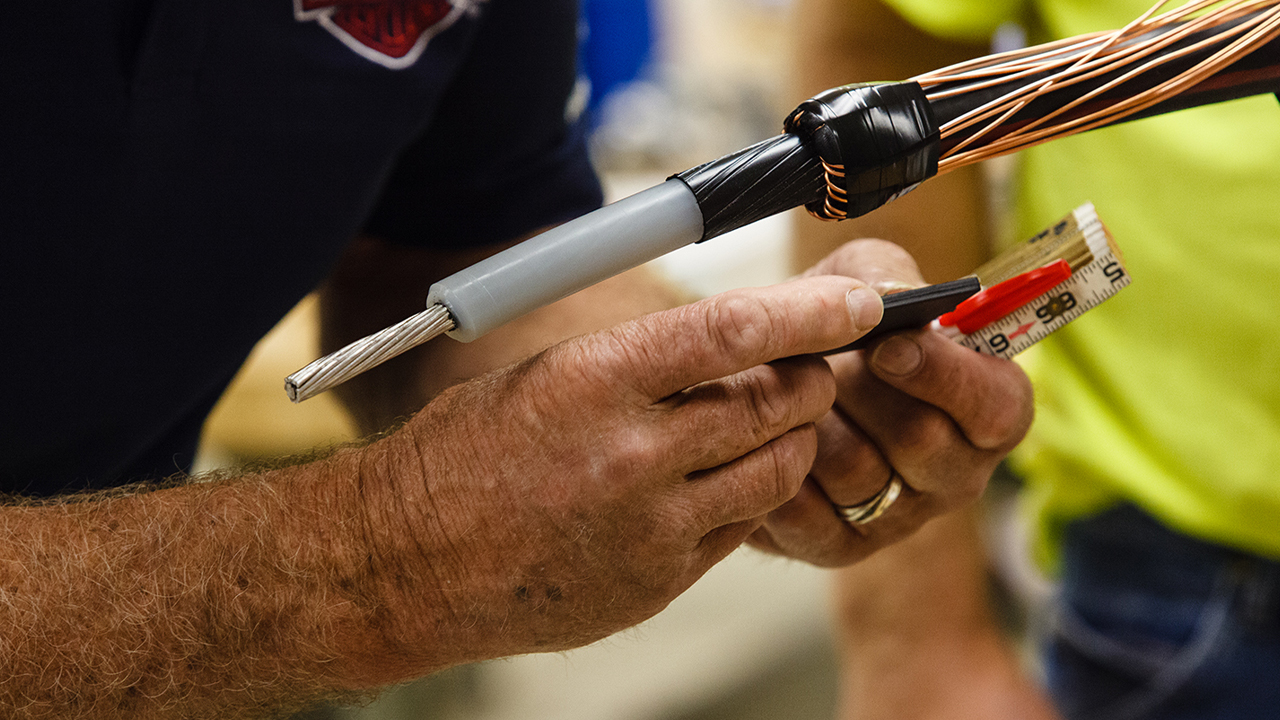
- • Reliable Connectivity: Cable splicing services ensure stable and reliable connections in telecom and power networks.
- • Network Infrastructure Maintenance: Essential for maintaining and upgrading network infrastructure, cable splicing services in UAE support continuous operation and connectivity.
- • Fiber Optic Cable Splicing: Fiber splicing is crucial for high-speed data transmission, making it a key service in telecommunications and data centers.
- • Copper Cable Splicing: Important for traditional telecom and electrical systems, providing robust and durable connections.
- • Cable Jointing Solutions: Cable splicing companies offer solutions that enhance the longevity and reliability of cable installations.
- • Industrial Cable Repair: Essential for repairing damaged cables in industrial settings, ensuring minimal downtime and operational efficiency.
- • Cable Termination Techniques: Professional cable splicing includes precise cable termination techniques, ensuring secure and efficient connections.
- • Telecom Cable Installation: Cable splicing service providers play a crucial role in the installation and maintenance of telecom cables, ensuring seamless communication networks.
- • Power Cable Splicing Solutions: Vital for the energy sector, providing reliable connections for power distribution systems.
- • Expertise and Quality: Fiber cable splicing companies and electrical cable splicing experts offer high-quality services, ensuring the integrity and performance of cable systems.
Common types of cables and splices used in UAE
In UAE, various types of cables and splices are utilized across industries to ensure robust and efficient connectivity. Key types include:
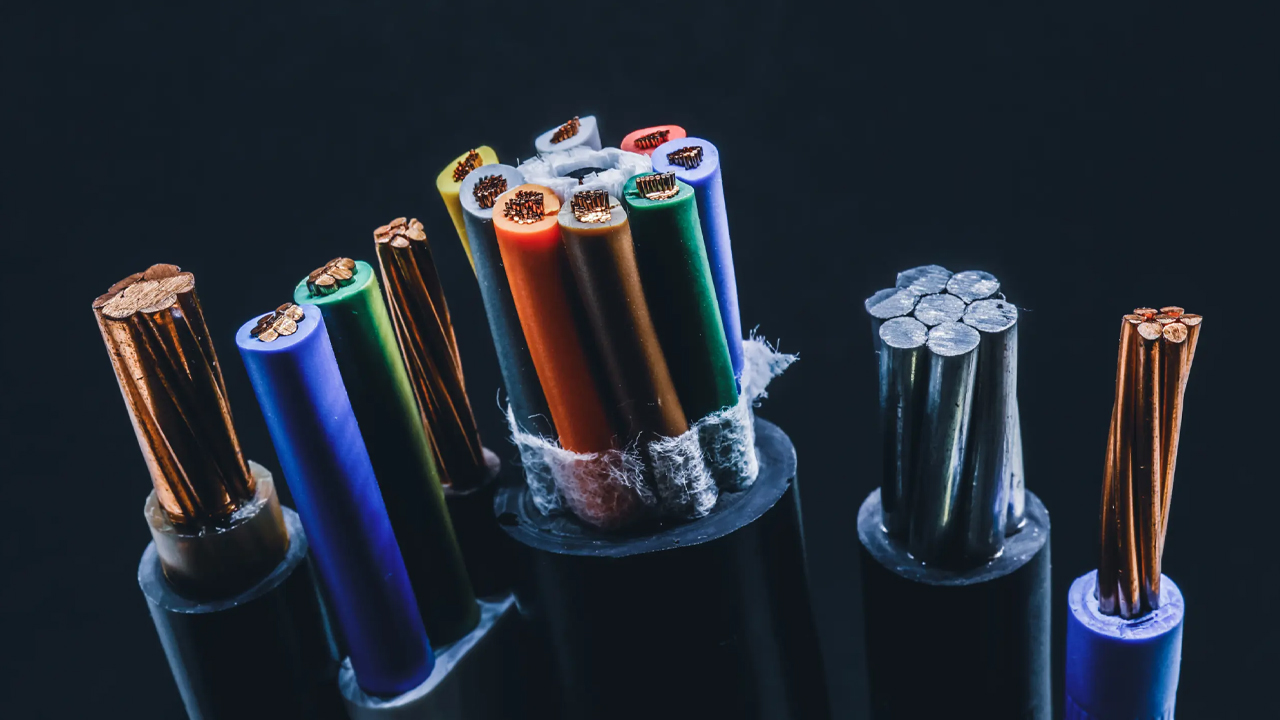
- • Fiber Optic Cables: Used for high-speed data transmission, these cables are essential in telecom and data centers.
- • Copper Cables: Common in electrical systems and traditional telecom networks, offering reliable connections for power and communication.
- • Coaxial Cables: Used in cable TV and internet services, providing stable signal transmission.
- • Twisted Pair Cables: Commonly used in network and telephone systems, known for their resistance to electromagnetic interference.
Types of Splices:
- • Mechanical Splices: These splices are quick and easy to use, ideal for emergency repairs and temporary connections.
- • Fusion Splices: Used in fiber optic splicing, fusion splices create a permanent, low-loss connection by welding fibers together.
- • Crimp Splices: Common in electrical cable splicing, crimp splices involve compressing a connector onto the cable ends for a secure connection.
- • Resin Splices: Used in harsh environments, resin splices protect cables from moisture and mechanical damage by encapsulating the splice in resin.
- • Heat Shrink Splices: These splices provide a strong and insulated connection by using heat shrink tubing, often used in both fiber optic and electrical cable splicing.
Basic Splicing Techniques and Their Applications
Splicing techniques are essential for joining and repairing various types of cables. Here are some basic techniques and their applications:
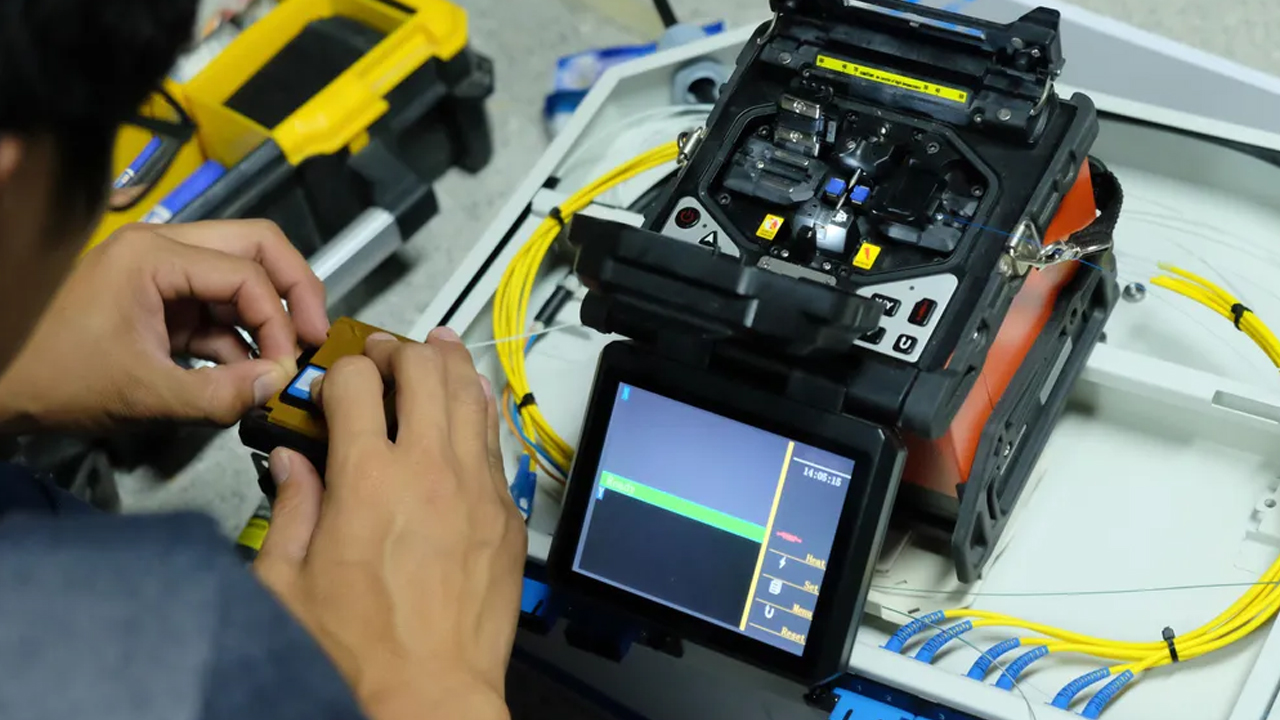
Mechanical Splicing:
- • Technique: Involves aligning and joining fiber ends using a mechanical fixture.
- • Applications: Ideal for temporary repairs and quick installations in fiber optic networks.
Fusion Splicing:
- • Technique: Uses an electric arc to fuse fiber optic cables together, creating a permanent, low-loss connection.
- • Applications: Commonly used in long-haul and high-performance fiber optic networks due to its low signal loss.
Crimp Splicing:
- • Technique: Involves compressing a connector onto the ends of cables using a crimping tool.
- • Applications: Frequently used in electrical and telecommunications systems for secure and reliable connections.
Resin Splicing:
• Technique: Encloses the splice in a protective resin to shield it from moisture and mechanical damage.
• Applications: Suitable for outdoor and underground cables where environmental protection is crucial.
Heat Shrink Splicing:
- • Technique: Utilizes heat shrink tubing to provide an insulated and protected connection.
- • Applications: Used in both fiber optic and electrical cable splicing for added durability and insulation.
Importance of Professional Splicing in Various Sectors
Professional splicing is critical in ensuring robust and reliable cable connections across various sectors in UAE. Here’s why it matters:
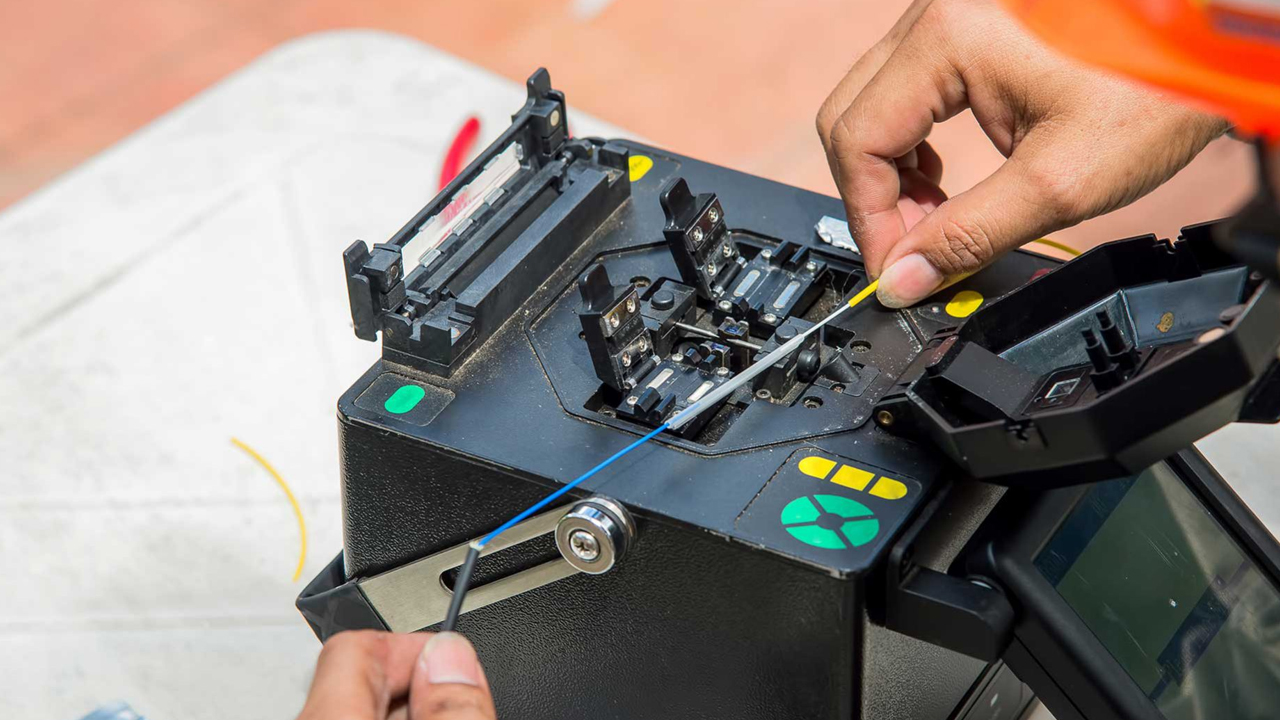
Telecommunications:
- • Reliable Connectivity: Professional splicing services ensure uninterrupted, high-speed data transmission, vital for telecom operations.
- • Fiber Optic Networks: Expert fiber optic cable splicing provides low-loss connections essential for modern communication networks.
Power Distribution:
- • Safety and Reliability: Proper splicing in power cables prevents electrical faults and enhances the safety and reliability of power distribution.
- • Durability: Professional splicing techniques, such as heat shrink and resin splicing, protect against environmental damage, ensuring long-lasting connections.
Construction and Infrastructure:
- • Seamless Integration: Professional cable splicing ensures seamless integration of electrical and communication systems in buildings and infrastructure projects.
- • Compliance: Certified splicing services ensure adherence to industry standards and regulations, preventing potential issues and ensuring project success.
Oil and Gas:
- • Harsh Environment Protection: Resin and heat shrink splicing techniques protect cables from harsh environmental conditions, crucial in the oil and gas sector.
- • Operational Efficiency: Reliable splicing minimizes downtime and maintenance, enhancing overall operational efficiency.
Manufacturing:
- • Process Continuity: Expert splicing ensures uninterrupted operation of machinery and equipment, critical for manufacturing processes.
- • Cost-Effectiveness: Professional splicing reduces the need for frequent repairs and replacements, saving costs in the long run.
Conclusion
Professional cable splicing services are vital for maintaining robust and efficient networks across various sectors in UAE. From telecommunications to power distribution, reliable fiber optic cable splicing and copper cable splicing ensure seamless connectivity and operational efficiency. Expert cable splicing companies provide essential cable jointing solutions, protecting against environmental damage and ensuring compliance with industry standards. Whether it's for telecom cable installation or industrial cable repair, investing in skilled cable splicing service providers enhances the performance and longevity of critical infrastructure. For businesses in UAE, professional splicing is key to achieving reliable and sustainable network solutions.
To know more, read our next blog "Fiber Optic Splicing driving Digital Transformation".
